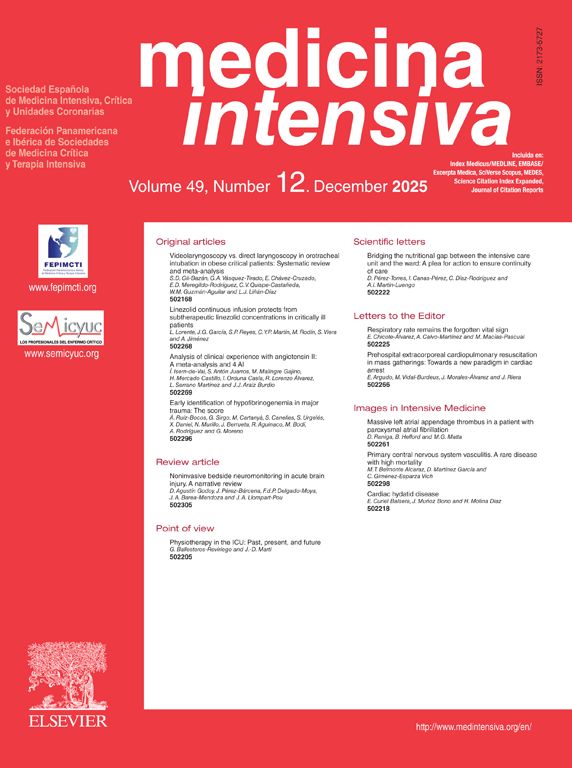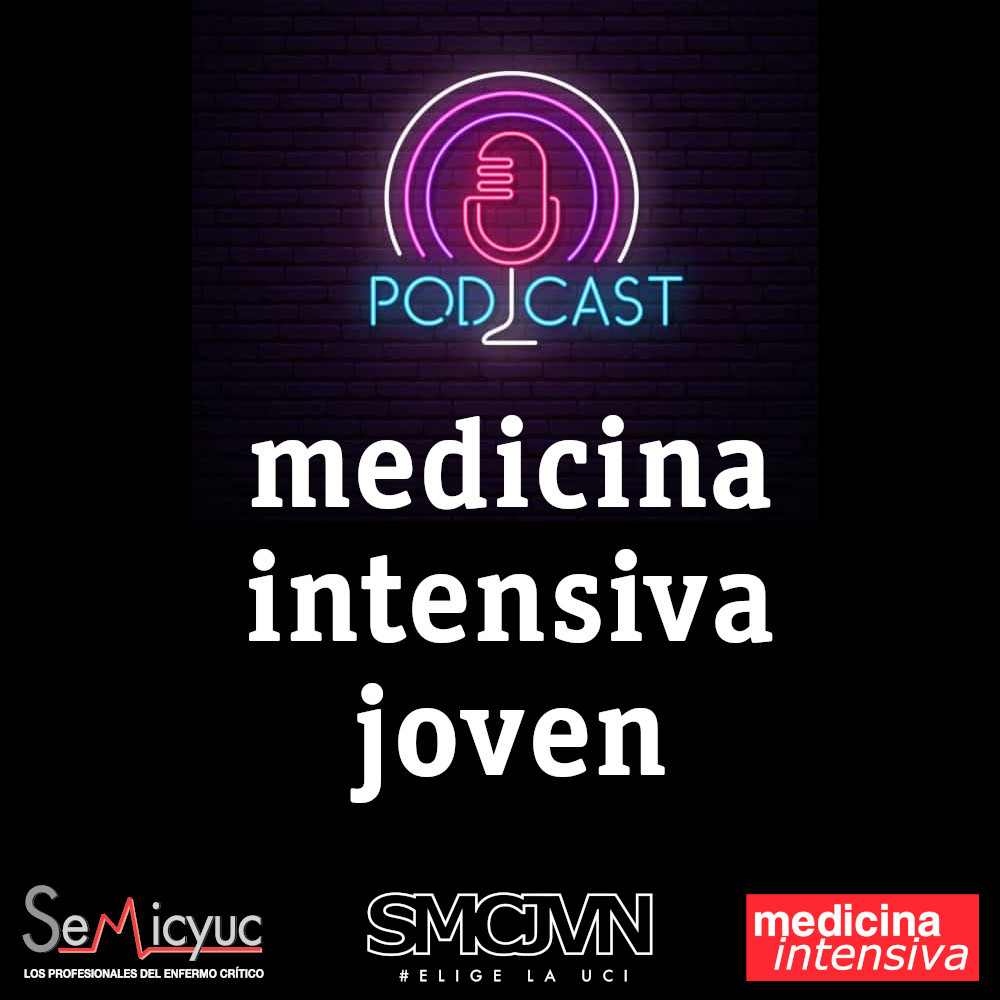A 64-year-old male patient was admitted to the ICU for vasopressor support and monitoring after undergoing therapeutic lymphangiography due to chylous ascites. On the third day in the ICU, the patient required a peripherally inserted central venous catheter (PICC) for continuous electrolyte infusion, vasopressor support, total parenteral nutrition, and amiodarone. The PICC was successfully advanced 45 cm into the left brachial vein. To confirm the proper placement of the PICC, a bubble test was performed, which was negative. The PICC was partially retired, but the remaining 5 cm were abnormally resistant to extraction. An X-ray was taken, showing the formation of a knot (Fig. 1). Surgical removal was required to extract the PICC (Fig. 2). Catheter knot formation is a rare but a serious cause of catheter occlusion. Rapid identification and prompt surgical management of a knotted PICC can prevent further complications.
Ethics approval and consent to participateThis case report was approved by the Fundación Santa Fe de Bogotá Ethics Committee (CCEI-16129-2024) on February 23, 2024
Consent for publicationThe patient agree and consent to publish the images and information related to this case report. The patient read and signed an informed consent.
Competing interestsThe authors declare that they have no competing interests.
FundingThe authors received no financial support for the research, authorship, or publication of this article.
AuthorshipJANA obtained the patient’s informed consent. AFMS prepared the manuscript. JANA and JIAS critically reviewed the paper. All authors read and approved the final manuscript.








